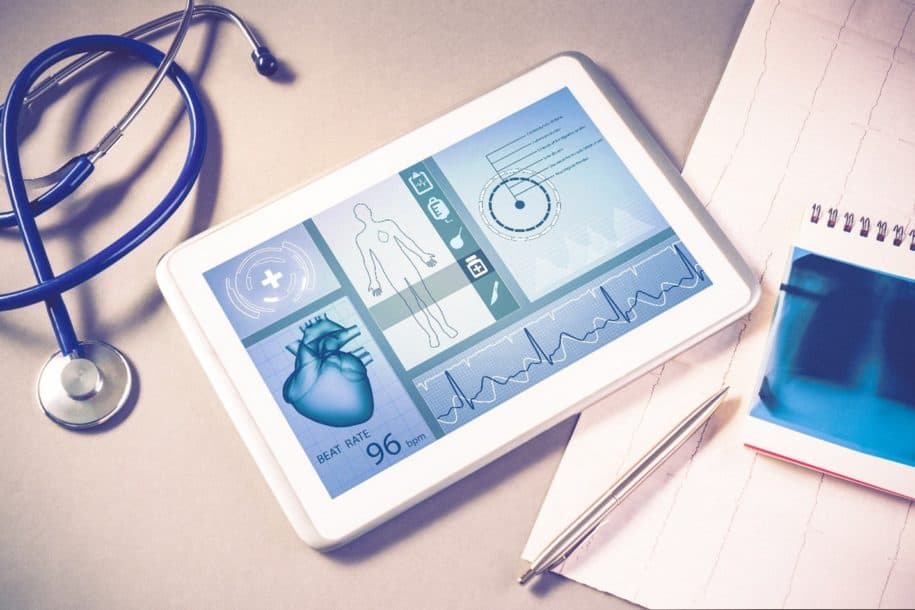To create safer and healthier work environments, employers need to adhere to the basic principles of occupational health and safety. Employers also need to identify the risks and hazards present in their work environments, establish preventative control measures to minimize risks and hazards, and conduct risk assessments to determine the likelihood of such incidents. This begs the question, how can risks and hazards be correctly identified and accurately measured? By adhering to occupational health metrics, employers can measure risks and better safeguard their workforce.
What is Occupational Health and Safety (OHS)?
Also known as occupational safety and health (OSH), occupational health and safety is the branch of public health that aims to improve health and safety standards in the workplace. The World Health Organization (WHO) states that the aim of OHS is to “promote and maintain [the] highest degree of physical, mental and social well-being of workers in all occupations.” OHS professionals study injury and illness trends among the working population, gather data via workplace inspections and observations, create occupational health metrics to gauge risks and hazards, and offer suggestions for mitigating risks and hazards. Occupational health and safety also encompass the establishment of managerial systems, workplace policies and practices, and other safety procedures to improve the overall well-being and safety of workers.
What are Some Common Occupational Health Metrics?
Also known as occupational health indicators (OHI), occupational health metrics measure work-related injuries and diseases, and other factors associated with occupational health—including workplace hazards, exposures, and interventions—in a specified workforce. Occupational health metrics are prepared by aggregating data from various sources such as the United States Census, the Bureau of Labor Statistics, state hospitalizations, and other state and national data sources. These metrics were created by the National Institute of Occupational Safety and Health (NIOSH) in conjunction with the Council of State and Territorial Epidemiologists (CSTE). Most state public health and labor departments follow the 24 standard occupational health indicators (OHI). OHI cover occupational illnesses and injuries, occupational exposures and hazards, acute and cumulative occupational injuries, and other areas. Some of the most common occupational health metrics include the frequency of work-related hospitalizations, carpal tunnel syndrome instances, and work-related injuries reported by employers. Additionally, several states have developed extra metrics to measure employee well-being more accurately within their territory.
What are Occupational Health Metrics Used For?
Workplace-related injuries, illnesses, and deaths are largely preventable. By tracking relevant occupational health metrics, state governments, employers, and OHS professionals can accomplish the following:
- Identification of problematic areas that require attention and remediation.
- Identification of observable trends in workplace-related injuries, illnesses, and deaths.
- Boosting the consistency and availability of OHS surveillance data.
3 Ways to Improve Common Occupational Health Metrics.
1. Use leading indicators to improve the accuracy of metrics.
Leading indicators are preventive and predictive measures that help gauge the effectiveness of occupational health and safety methodologies. They measure events leading up to workplace incidents and can serve to assess the accuracy of occupational health metrics. Patterns and trends uncovered by the analysis of leading indicators can lead to the identification of problematic areas in an OHS program.
2. Use SMART principles.
Make sure your occupational health metrics follow SMART (Doran, 1981) principles.
- Specific – Does your metric follow specific parameters that enable you to make accurate estimates?
- Measurable – Is your metric presented as a number, percentage, or rate that enables you to accurately track and evaluate trends over time?
- Accountable – Does your metric track items that are relevant to your objective?
- Reasonable – Can you accurately gather the data you need to establish your metric?
- Time-bound – Can the data be gathered in a timely manner?
3. Gather and measure data consistently.
SafetyStratus’ Occupational Health Module allows OHS professionals to track and analyze specific employee well-being programs. Using this module, users can easily and more consistently gather and harness the data points needed to create accurate and updated occupational health metrics. The resulting safety recommendations will lead to healthier work environments and safer, more productive (and contented) employees.
In this article, we’ve analyzed a few of the most common occupational health metrics that need to consistently be tracked within companies for more meaningful and sustainable changes. Improving these metrics will result in an immensely positive impact on employees’ overall well-being and, as a direct result, the company’s bottom line.
References:
Doran, G. T. (1981). “There’s a S.M.A.R.T. way to write management’s goals and objectives.” Management Review. 70 (11): 35–36.
Author Bio
The SafetyStratus Research Advisory Group (RAG) brings together thought leaders from the global environmental, health, and safety community to promote best practices and provide key insights in the profession and the industries they serve. The Research Advisory Group also advocates, where practical, the intersection of and advances with the use of technology, such as the SafetyStratus enterprise EHS software platform. Group membership consists of representatives from across varied disciplines and market sectors as well as select members of the SafetyStratus team.
The primary objectives of the SafetyStratus RAG partnership are to:
- Build a strategic partnership between EHS practitioners and the SafetyStratus team.
- Provide engaging and practical content to the global EHS community.
- Provide discipline and market feedback specific to SafetyStratus products and services.
While the objectives of the RAG are varied, the primary public-facing outcome will be available through engaging and practical content found on the SafetyStratus resource pages. Various articles, papers, and other valuable resources will be produced and shared as part of an ongoing effort to cultivate a robust community. Ultimately, the SafetyStratus RAG will expand to have a broader reach and provide opportunities for more inclusion by all interested EHS professionals in a collaborative community environment.


